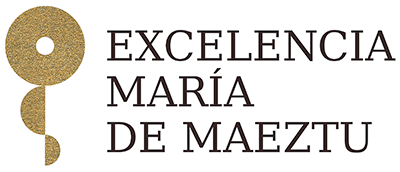Investing in a number of basic technologies (e.g., solar lights, efficient cook stoves, fertilizer, anti-malaria nets, water filters) appears to have large welfare benefits for many households in developing economies. To illustrate, consider the case of using solar lights and efficient cook stoves to replace kerosene lamps and cooking over an open flame. As of 2011 the International Energy Agency (IEA) reports that over 1.3 billion people lack access to electricity and 2.7 billion cook over an open flame. The negative health impacts are sobering. The United Nations Development Program and the World Health Organization (WHO) report that 1.6 million deaths per year in developing countries are caused by the indoor air pollution attributed to traditional fuels. Efficiently designed cook-stoves can eliminate up to 9% of the smoke and 91% of the carbon monoxide emissions and have been demonstrated to lead to improved health outcomes. Solar lights can altogether eliminate the need for kerosene lamps, which are detrimental to indoor air quality and pose a serious fire risk. In addition to the health benefits, these technologies have substantial economic benefits.
Despite these seemingly large economic and health benefits, adoption rates are low and markets for these technologies have been slow to develop. If these products are so valuable to households, why is their adoption rate so low? Why have private markets not developed for them? On the demand side, there are well-documented barriers impeding adoption. In this paper, we address several of these supply-side frictions. We model the problem of a firm that can employ a local vendor to distribute its goods at a lower per unit cost than the firm. The vendor is liquidity constrained and therefore cannot purchase inventory outright. Motivated by the limited enforceability of contracts in developing countries, we assume that the firm cannot prevent the local vendor from absconding with inventory. Therefore, the firm must use (credible) promises of future utility to provide incentives to the vendor. The question is how to do so in the most efficient manner.
We characterize the optimal self-enforcing arrangement and show it has an appealing and simple implementation. It entails an initial endowment of the good and a fixed price at which the vendor can buy additional units in the future. We show that this arrangement is optimal both for profit-maximizing firms as well as for non-profit organizations with a limited budget whose objective is to maximize product distribution. An interesting feature of the optimal arrangement is that it involves “starting small.” That is, the initial endowment is below the vendor’s capacity and only over time does the vendor’s business grow to the efficient scale. Using the model, we develop several hypotheses regarding the impact of different contractual arrangements. We then run a field experiment in order to test them and evaluate the performance of the optimal arrangement implied by the model. We recruited vendors in rural Uganda to sell solar lights and randomized over several features of the arrangement that we offered to each vendor.
Our results from the field suggest that vendor liquidity constraints are indeed an important barrier. Vendors that are provided an initial endowment had average sales 3-4 times higher than vendors who were not. In addition, consumer uncertainty about product quality appears to be another important factor. Vendors who were given a “loaner light” in order to provide potential customers with a free-trial period also had significantly higher sales. Perhaps not surprisingly, vendor sales growth was lower and exhibited a different time-series pattern than predicted by the model. These results suggest that factors outside of the model limit vendors’ ability to grow their business. Exit surveys point to a general inability to save revenues from sales until the next delivery of lights (a period of only a couple weeks) as well as an unwillingness to offer credit (e.g., an installment plan) to customers. Thinking how to overcome such problems is an important avenue for future work.
Optimal Arrangements for Distribution in Developing Markets: Theory and Evidence (with Brett Green and David I. Levine)
